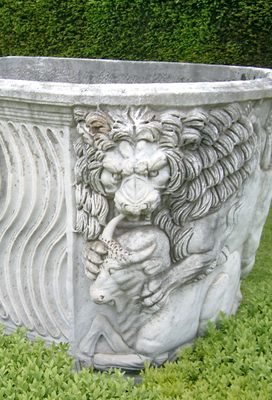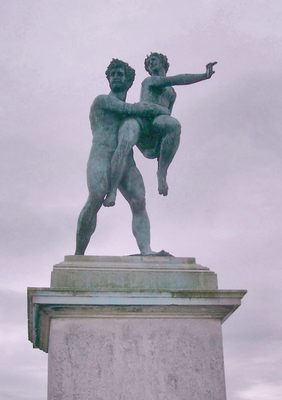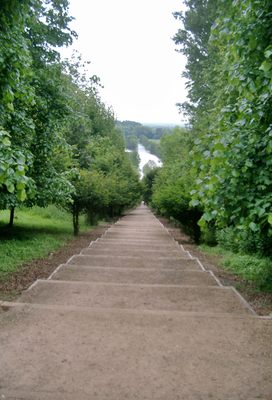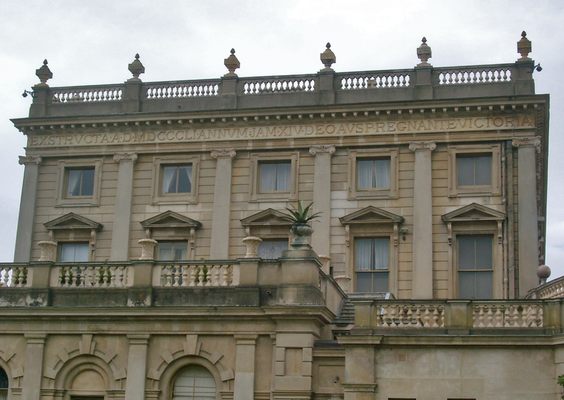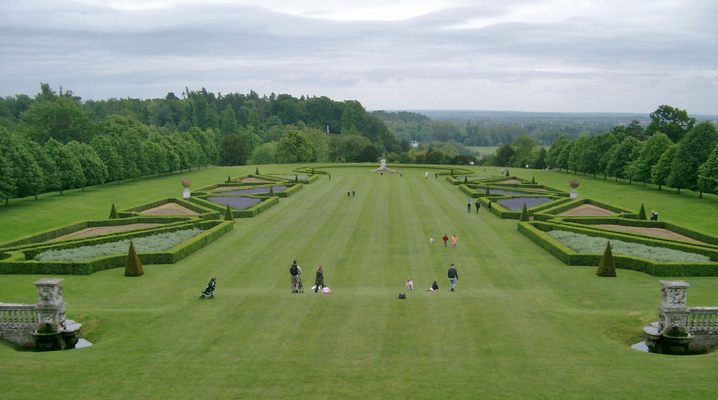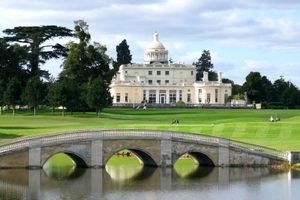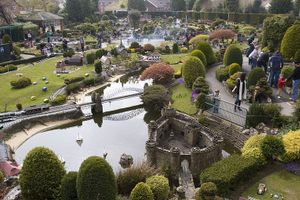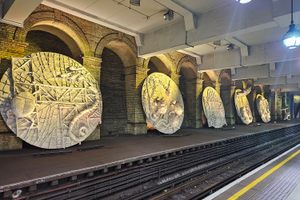About
It is known that visitors are treated royally at Cliveden. Guests have included every British monarch since George I as well as Charlie Chaplin, Winston Churchill, Harold Macmillan, President Roosevelt, George Bernard Shaw, John Profumo, Christine Keeler, and many other well-known names from past and present.
But what might not be known by the general public is that this award-winning luxury hotel, set in the heart of the Berkshire countryside in England, dedicated to the pursuit of pleasure and power, has been home to a historical story marked by extravagance and refinement, scandalous love affairs and royal visits, and houses today a collection of art making it both a historical and contemporary treasure.
The first construction of the mansion was in 1666 by George Villiers, 2nd Duke of Buckingham. It was intended as a hunting lodge and a place where the Duke could entertain his friends and “favorite” female company. This “favorite” list included the Countess of Shrewsbury, whose husband the Duke ended up challenging to a duel for her honor. The duel was fought on January 21st, 1668, and culminated in the death of the Countess’ husband. A cross-sword emblem set into Cliveden’s East Lawn commemorates this bloody encounter.
George Hamilton, the 1st Earl of Orkney, was Cliveden’s second owner. Hamilton remodeled the house and its gardens, adding the mansion’s East and West Wings, and building the Blenhheim Pavilion (1727) and Octagon Temple (1735). Cliveden as it exists today is a results of his vision. It was also during his “ownership,” that the earliest recorded royal visits to Cliveden took place, namely by George I in 1724 and Queen Caroline in 1729.
Under its next resident, Frederick, Prince of Wales (heir to the throne, but he died before he had the opportunity to become King), Cliveden became the setting for many musical fêtes and masques featuring the work of Handel, Thomas Arne and others.
In 1795, under the 4th Countess of Orkney’s tenure, Cliveden burned down for the first time. Only the two wings of the House survived, in which the Countess continued to live for more than 20 years after the fire.
In 1824, George Warrender, property heir, commissioned the rebuilding of Cliveden. With Sir George as host, Cliveden regained the splendor of its earlier days.
In November 1849, Cliveden suffered its second calamitous fire, after which the architect Charles Barry (responsible for designing Big Ben and the Houses of Parliament), was chosen to draw up and rebuild Cliveden for the third time. The resulting “Italianate villa,” the majestic building we see today, is considered to be one of Barry’s masterpieces.
Today too, the mansion’s grounds are set up to stir the wonder of its visitors.
The sculpture collection amassed largely by the Sutherland and Astor families is displayed throughout the gardens, and includes Thomas Waldo Story’s “Fountain of Love.” Other features not to miss are the octagonal temple, perched on the cliff edge and built by Giacomo Leoni in 1735, the pavilion built to commemorate the battle of Blenheim, and an amphitheatre where the first recital of “Rule Britannia” was played.
And if this is not enough, 376 acres of gardens and parkland operated by the National Trust surround the mansion for the explorer to stretch his/her adventurous legs.
The hotel offers a storybook themed play area to its young vistors, encouraging imaginations to run wild. In May 2011, the newly recreated Cliveden Maze re-opened.
Related Tags
Know Before You Go
Supercars will find the speed bumps trickier, and the drive gravel requires you to drive slowly.The parterre is best viewed later in the day, where the sun lights up the view over Maidenhead. The long garden also provides beautiful sunset views.
Community Contributors
Added By
Published
September 25, 2013





